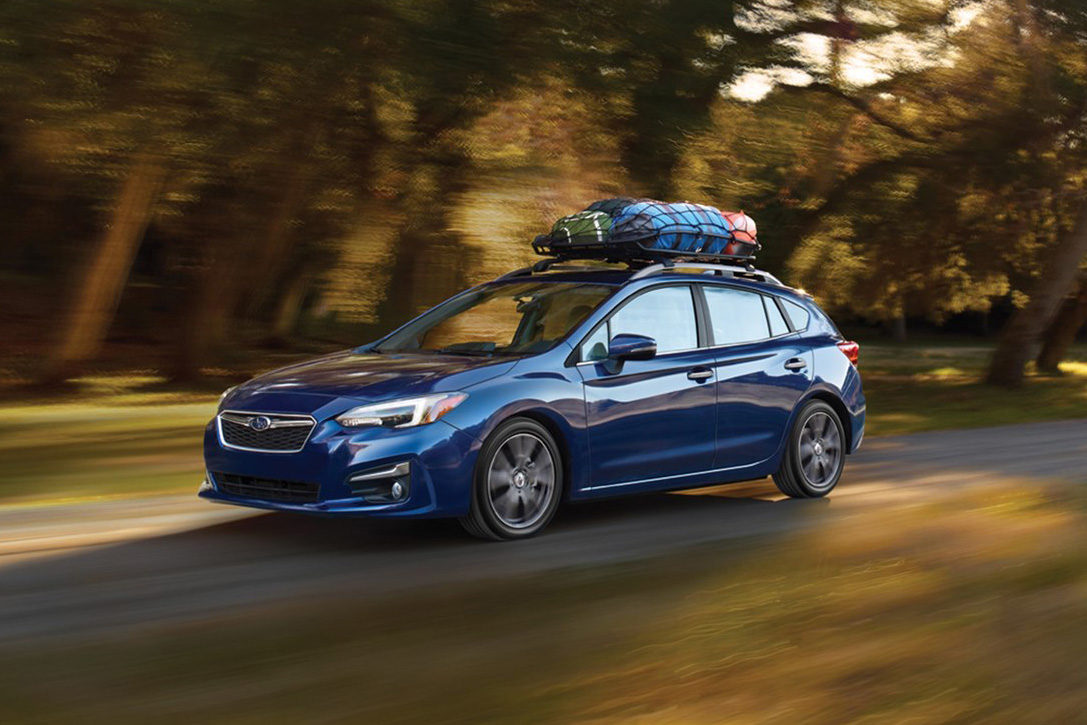The question “How does a basic engine work?” is as old as the motor itself. The first engine to be operated by man was the hand cranked engine and although it ran on wood, the principle was the same. The crankshaft is what converts energy from the motion of the spindle that spins the crankshaft to the power required to turn the mainspring that propels the vehicle.
How does a basic engine work? There are three main components. The engine rotor, the crankshaft and the mainspring. Energy is transformed from the force of rotation by the rotor into mechanical energy that drives the crankshaft and/or the mainspring. In our modern world this is usually done through an electric motor, although in earlier times it was the internal combustion engine that was used, sometimes with great success.
The other component of a basic engine is the crankshaft. This is where the main power originates from. The crankcase is constructed mainly of iron but can also be made from steel, titanium and even brass depending on the design requirements. The crankcase is hinged to the engine’s crankshaft and houses the oil pump and cylinder oil collection area. The other major components of an engine are the flywheel (a device that enables rotation of the rotor and crankshaft), the oil pump, cylinder, timing chain and oil drain lines.
Where is the motor in the car?
One question that bewilders a lot of people is, “Where is the motor in the car?” It can be an awkward question to ask because it doesn’t really fit in the question “Where is the Brain?” The brain is located in the chest area right behind the nose. So, if you ask me where the brain is, I would say it’s behind the nose. I know that this answer seems silly and most people don’t even know this, but it is the truth.
Anyway, back to the question, “Where is the motor in the car?” The motor is inside the car and it’s on the side near the driver. When you press on the pedal, the motor pushes up and down on the gears that rotate and link the pedals to the transmission. That’s why, when you go down the hill, the engine seems to have trouble starting. This is because the transmission isn’t moving fast enough to let the engine know that you need to go down hill as soon as possible.
To fix this, you just need to remove the battery to the motor can get a chance to cool off. You’ll also need to take off the motor cover so the motor can be looked at. If everything looks good, you’re almost there. Put the motor back on and put the cover back on. Then you should be all set.

Are 4 cylinder cars good for long trips?
There are many different types of cars, but when you talk about long-term durability and reliability, nothing beats four cylinder cars. This type of car is made to be strong and last, so if you are going to a long distance, this is the type of car for you. When you go on long trips, you may even have to stop and take a break. If the car breaks down, there isn’t much that can be done, except for driving another car. This makes this type of vehicle a great one to have.
If you are into taking long trips with your family, then you have to make sure that your family car is reliable enough to get you across the country or at least back home. This way you will never worry about being stranded in a rural area with no means of transportation. You also don’t have to worry about running out of fuel while on a long trip. This is a very valuable commodity to have on your side. So, it would definitely be in your best interest to purchase one for long trips.
If you are still asking the question are 4 cylinder cars good for long trips? The answer to that question is a definite yes. With a reliable car like this, you and your family can easily get from point A to point B with ease.

